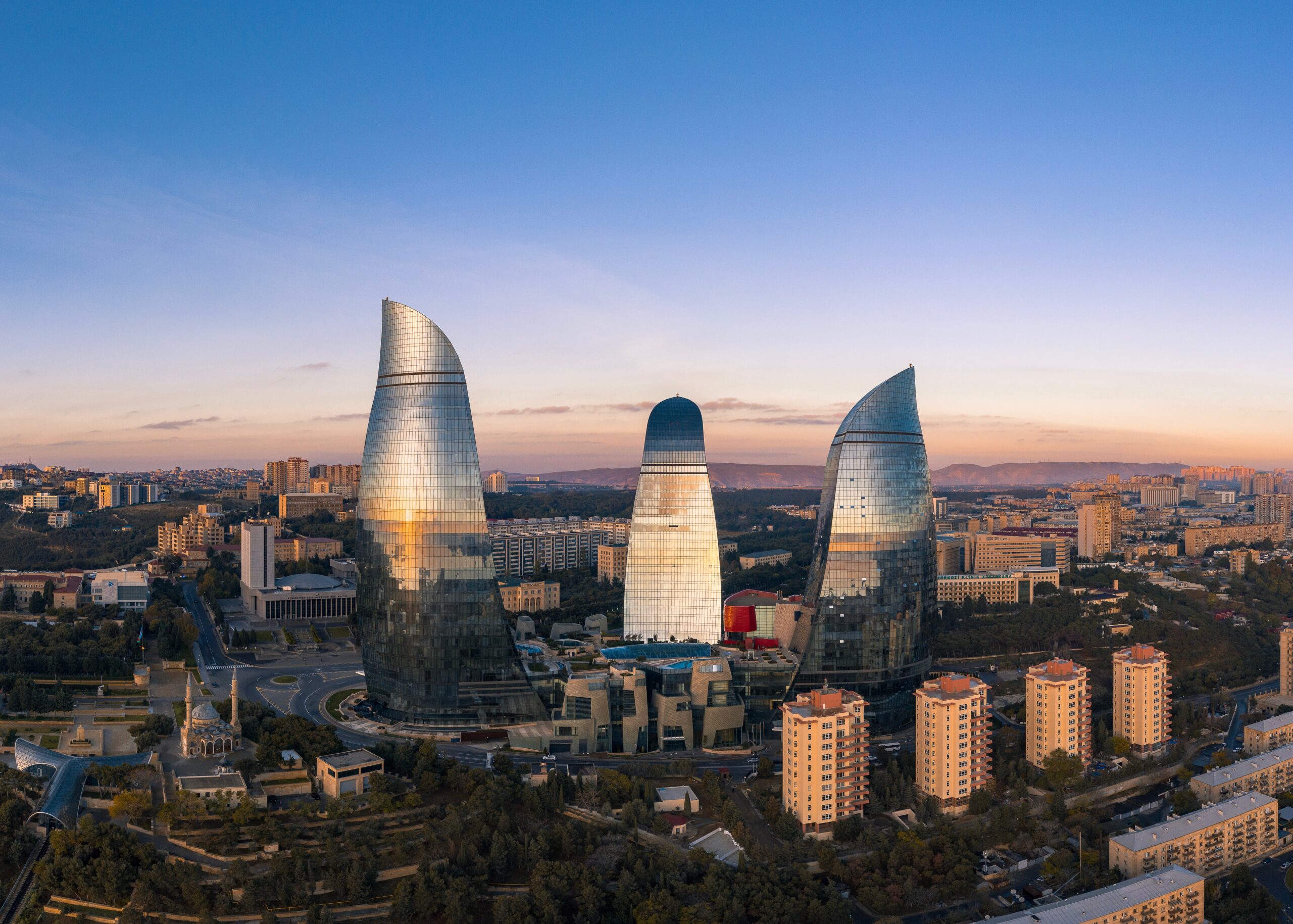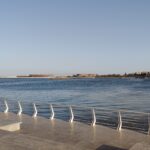Burning hillsides, oozing mud volcanoes, ancient fire-worship temples and skyscrapers twisted to mimic roaring flames – from urban to rural, Azerbaijan is one of the most fascinating countries on earth.
A contrast to neighbouring Georgia and Armenia, this former Soviet Republic is set beneath the same Caucasus mountains, and yet feels a world apart.
Beyond the defensive walls of the Icherisheher, Baku’s historic Old City, there have been no holds barred in sculpting the capital’s distinctive skyline. From the Heydar Aliyev Center to the Flame Towers, you have to see Baku’s modern marvels in person to fully appreciate them.
Walk the Bulvar, an enormous promenade that follows the curve of the Caspian coast, and stroll Baku’s Parisian-style boulevards. Just beyond the manicured parks and fountains, you’ll find the same Soviet-style apartment blocks that run as a common thread throughout the region.
You need not travel far from Baku to get a window onto the unreal landscape of the Absheron Peninsula. Spend a day in Gobustan National Park, home to sloshing mud volcanoes and petroglyphs. After dark, head to Yanar Dag, an oil seam that was set aflame by a farmer’s cigarette butt in the 1970s and has been lighting up the night ever since.
Travel around Azerbaijan by bus, following in the footsteps of traders and merchants who once coursed through the country on their way from East to West. Reminders of the old Silk Road are everywhere, from the copper workshops of Lahic, to the caravanserais of Sheki. The latter is a must-see for its UNESCO-Listed Summer Palace of the Sheki Khans and the lesser-known Winter Palace. Both are opulence embodied, with their miniature paintings and shebeki stained glass windows.
Visit the carpet workshops in Quba, hike in the mountains around Xinaliq (one of the highest villages in the region), and make a detour to visit the second-largest city, Ganja. In the enclave of Nakhchivan, only accessible via a quick flight from Baku, you’ll find yet more curiosities – including Alinja Fortress, billed as the Caucasus’ answer to Machu Pichu.





